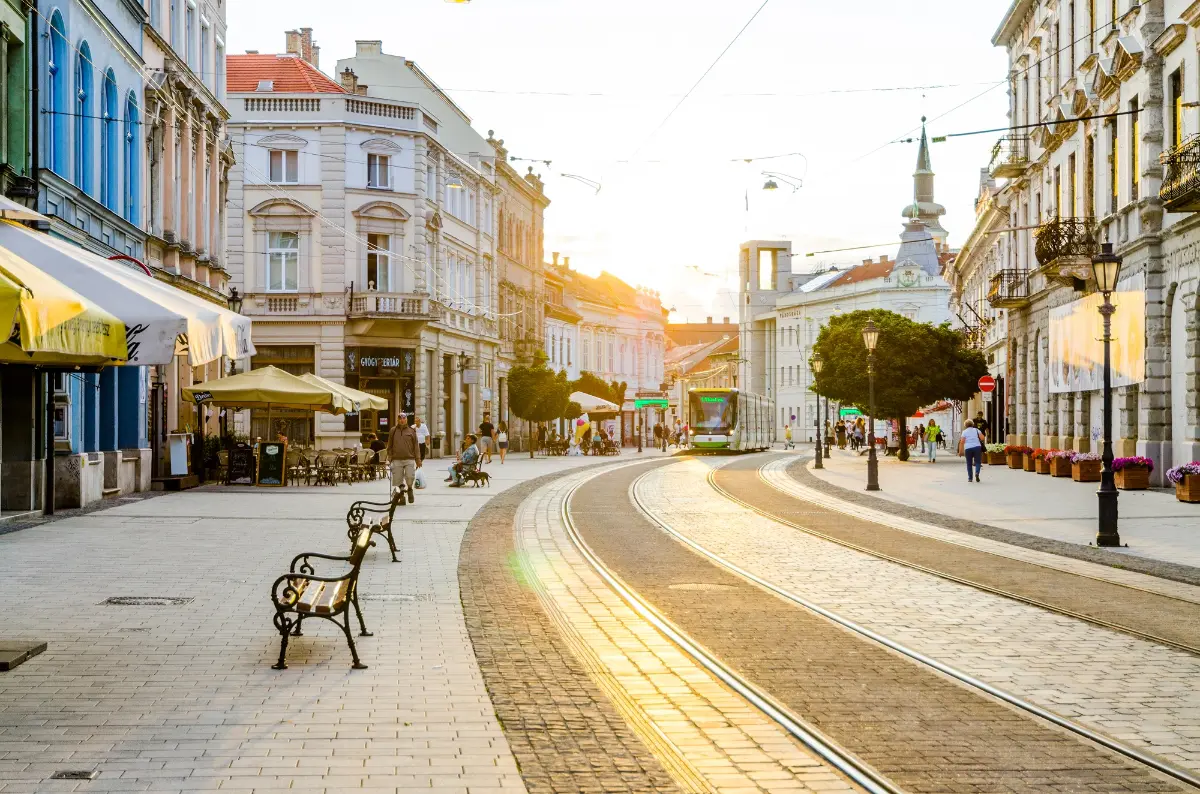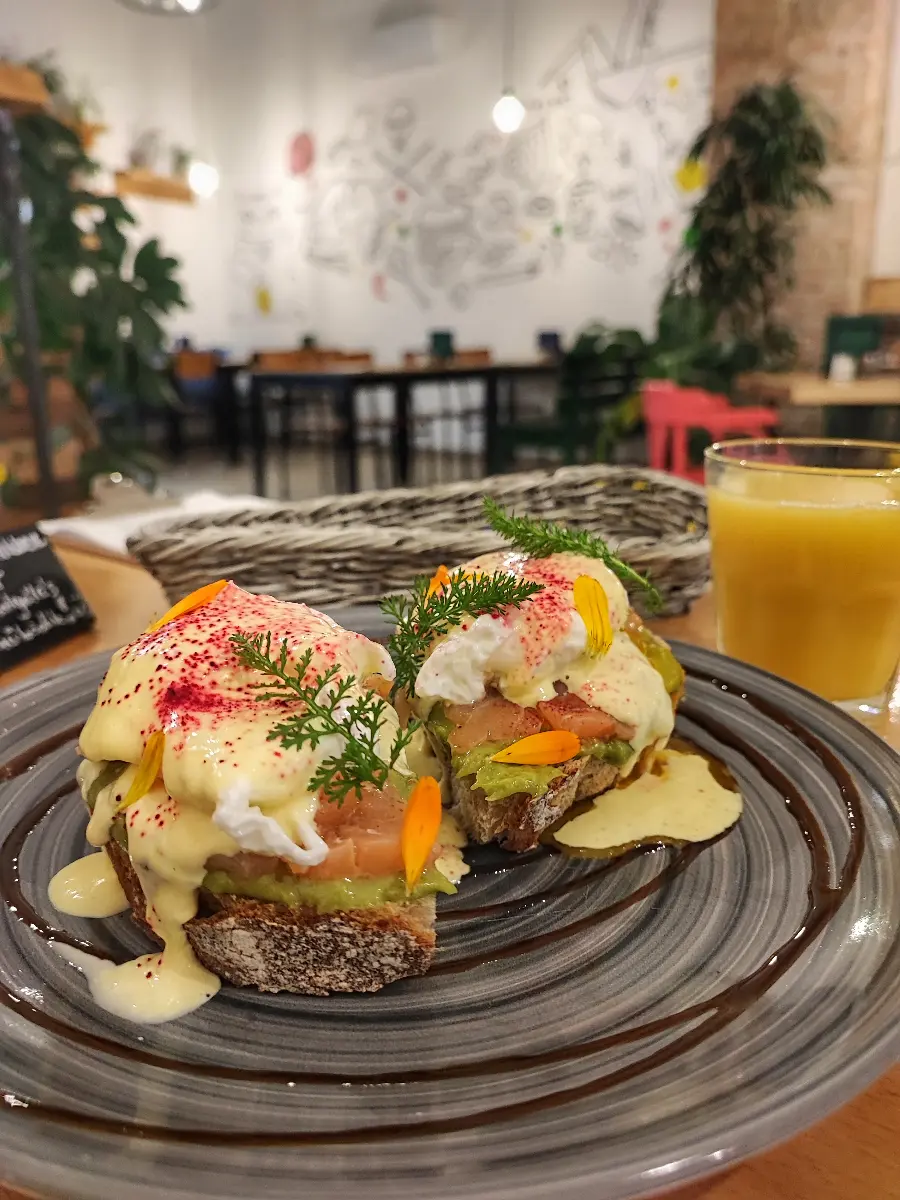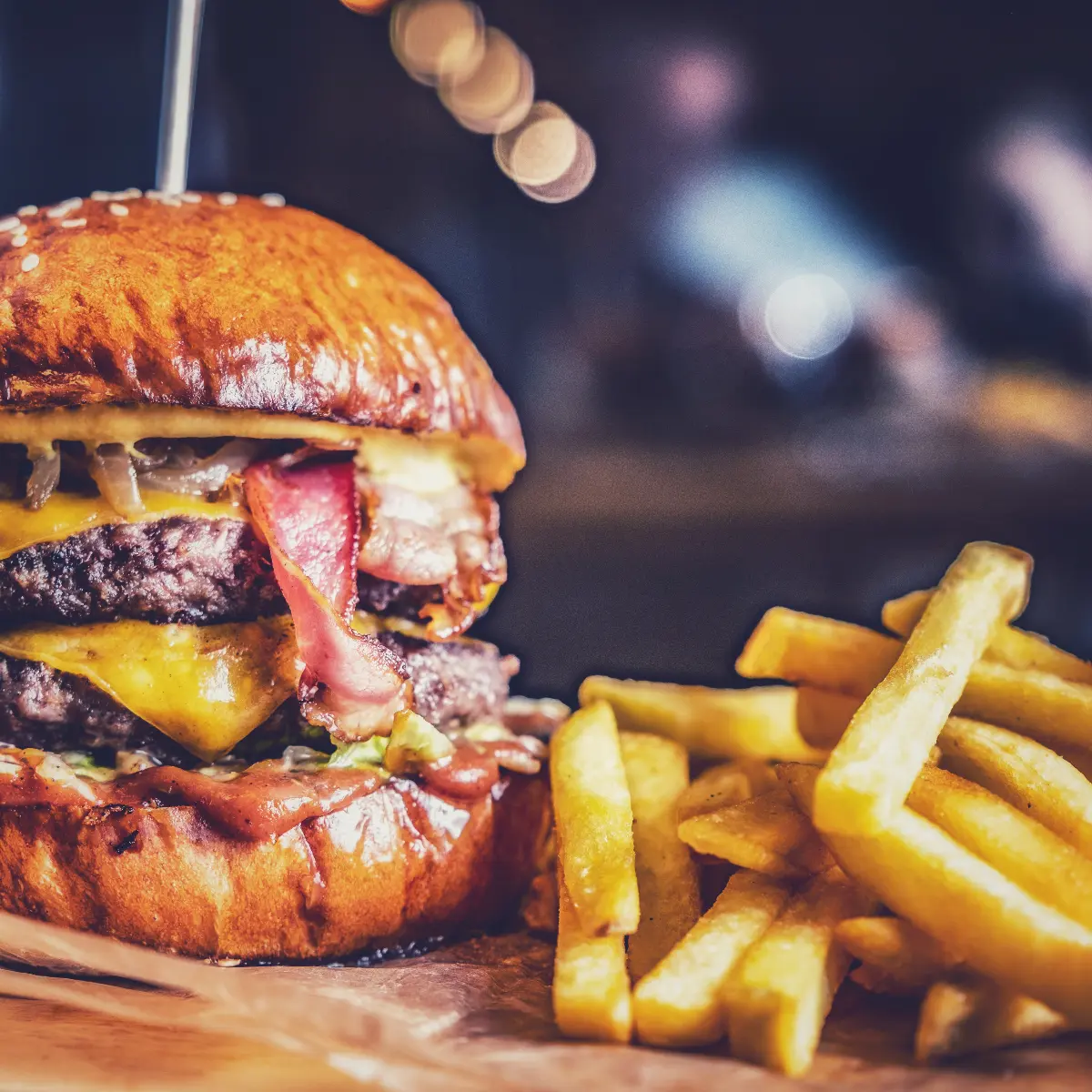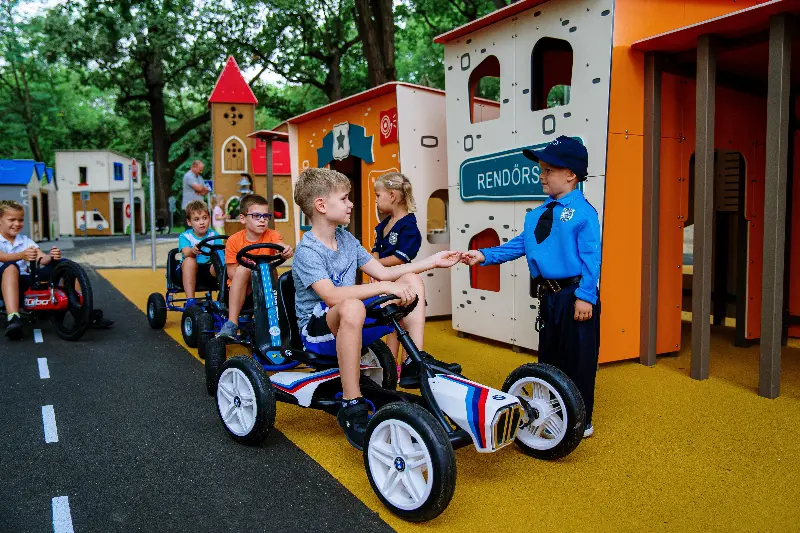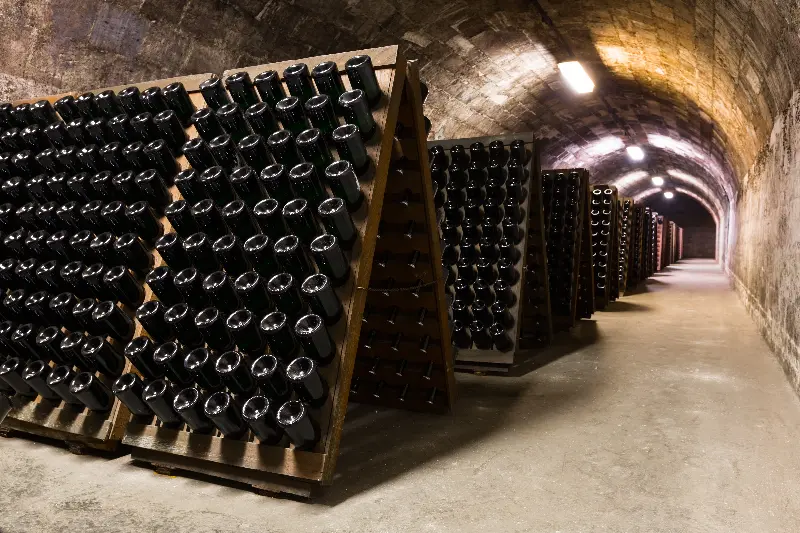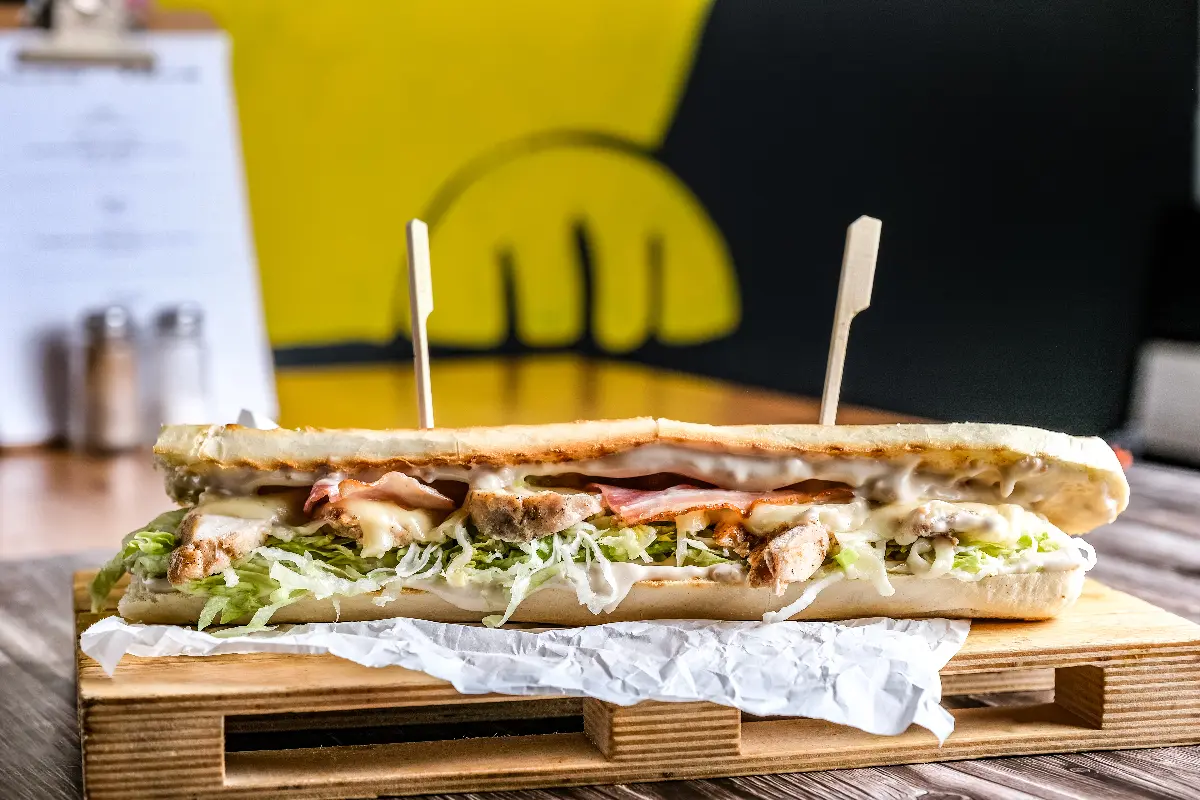
Helyszín címkék:
Travelling by “tuja” (tram) in Miskolc: Beyond the station, from the “Villanyrendőr” (Traffic Lights)
Jászberényi Attila
A city with its own mountains, stream, castle, ironworks, downtown wine cellars, a long tram line, traffic lights, National Theatre, the largest iconostasis in Central Europe, the Latabár family crypt, pizza, coffee and world peace. This is Miskolc, a city that has lived through a lot, whose deep-rooted urban traditions have survived the decades of crisis. The bourgeois attitude established by the Greek and Jewish merchants is manifested in the Baroque-Classicist-Art Nouveau downtown and the villas of Avas, but above all in the soul of the city, in the tradition of the first stone theatre, whose language was Hungarian and which produced legendary actors. The huge theatre building, which is the largest in Hungary to date, is the cult centre of the central power square, the main symbol of urbanity, the heart of Miskolc. Of course, the failed modernisation experiment known as socialism also dropped a neutron bomb on the city centre, with the social-religious ghosts and dilapidated courtyards making the centre a suitably eclectic architectural and sociological open-air museum. However, the biggest change, both pro and con, was the gigantic post-war investment in the ironworks based on the traditions of the Hámor (a part of Miskolc) – and thus the merger with Diósgyőr – resulting in a huge ring of buildings ranging from the Rákosi Baroque to the Kádár post-modern, and for many years, the largest rural urban population in them. The lives of the industrial workers and the urban bourgeoisie finally came together, making Miskolc the rural capital of urban socialisation, culture and, not least, hard rock. Then came the change of regime and it all collapsed. The factory closed down, the shops were sold or rented out, the population diminished, the city centre felt into ruin, and Diósgyőr was reduced to a football team. But the tram kept on running, from “Tiszai Pályaudvar” (Tiszai Railway Station) to Diósgyőr castle, and the best sites of the Miskolc Renaissance are just a few steps from the stops.

“HUN A CSOKI” (WHERE IS THE CHOCOLATE?)
Our first stop (coming from the station) is a rather inconspicuous shop, next to the more conspicuous enormous shopping mall, the Szinvapark. The radio plays the Hungarian song “boldogság, gyere haza”, a customer asks for four Resti-type cocoa rolls, equal to the number of grandchildren. Products of Hungarian chocolate makers, the portal's sign says, and this is especially true for the legendary products of nearby Szerencs. Only here you can get real “red hazelnuts”, in pieces and weighed in bars, with a big “Szerencs” sign, also in milk and bitter chocolate format (outside the production site). And a full selection of all the chocolates of Szerencs today, Figaro almond nougat cubes, bars branded with famous Hungarian castles and cartoon animals, the nostalgia bombs filled with hazelnut cream that can be broken into three, once called “Melódia” (Melody). The large factory is still owned by Nestlé, but “Uncle Pista” (István Takács), the former plant manager, has privatised the brand, the recipes and the experts, and produces the original flavours in a manufactory, while the shop owner, Erika Attiláné Kerekes sells them enthusiastically. It is not just the Szerencs assortment that has a retro vibe: there are coconut and hazelnut kisses, as well as classic wafer with lemon and cocoa. And you can also buy products from Stühmer, also from the region (Maklár). The main and most popular treat, of course, can only be Szerencs chocolate. It is the rum-raisin version rolled in milk chocolate, officially called “mazsolahalom” (pile of raisins), known locally as “görcs” (cramp), which is said to smell and taste like happiness by the locals and Erika.
“Anyám tyúkja” (My Mother’s Hen)
From Miskolc's pedestrian street (Széchenyi utca [Széchenyi Street]), it is best not to look into the doorways, unless you are a second-world, socio-time traveller. An exception to this is the passageway of a small restaurant, called the “Villanyrendőr” (Traffic Lights), which is located in a pedestrian zone next to a tram stop and serves as a hotel and a restaurant. In the three-checked tablecloth interior, István “Strawberry” Szentpéteri opens the door of the completely empty fridge (no freezer, of course) at 3pm, with the exclamation “we are remembered for our ingredients”. Here they cook only from what arrives and will be consumed that day, whether it is from the mangalitsa from Gesztely, the karst Angus beef from the Aggtelek farm, or the game or the cabbage of Sajóvelezd (“the local Vecsés”). “Today's menu is a broth, made with Angus beef by demand... and while we had it, we made braised beef in piquant brown sauce, with dumplings, in which the sauce is free of roux and thickening, only thickened by the vegetables. István and his wife Marika retired here after a rich and adventurous life (Mr Szentpéteri was, for example, vice-president of the Hungarian Industrialists' Association for 16 years).
“A Leves” (The Soup)
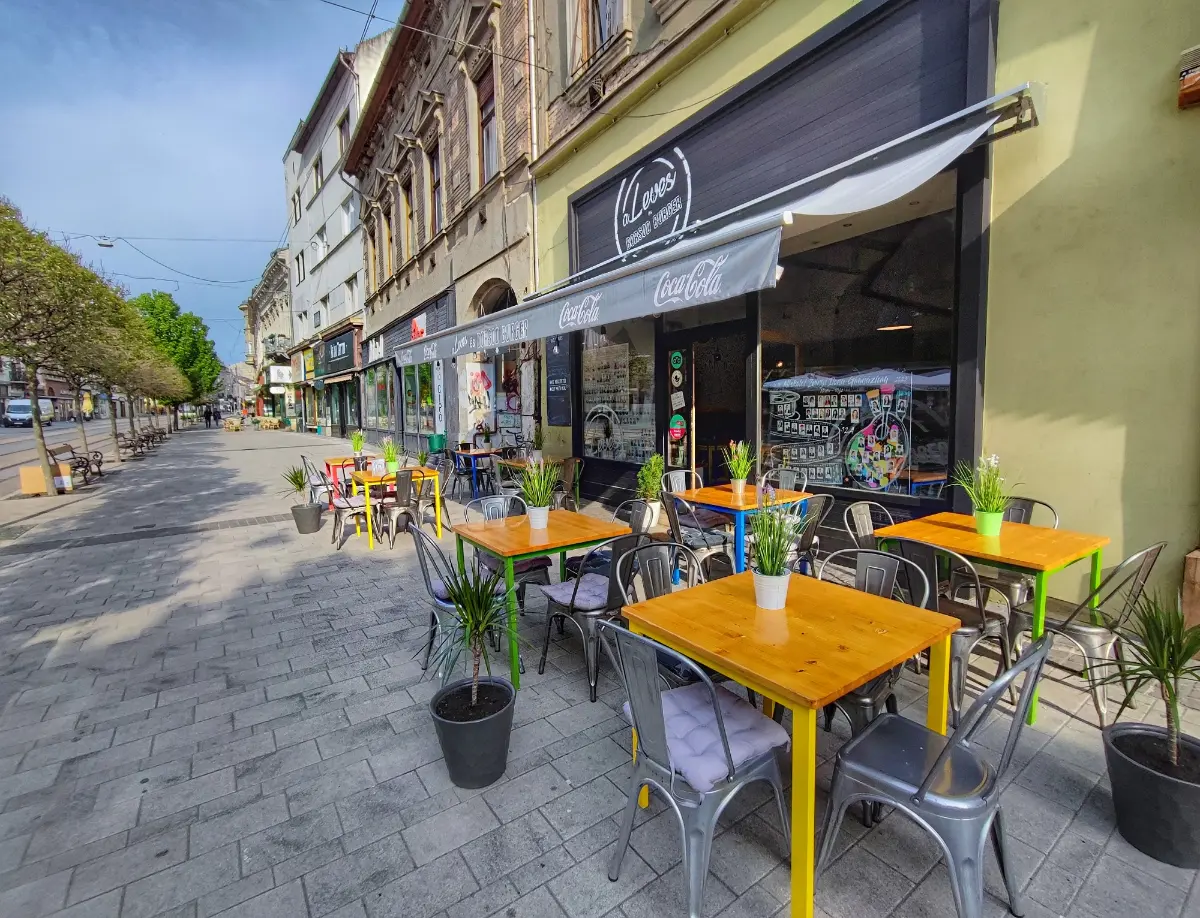
Just pass the “Villanyrendőr” (Traffic Lights) and you will find yourself on the side of the huge theatre building, in the city's traditional bohemian quarter, on the street named after Déryné, once occupied by the local Jewish bourgeoisie. Terraces, pubs, cafés and more. So many reminders of acting legends and local sophisticated life. This is where you will find “A Leves” (The Soup), with a 22-seat dining area (in summer the terrace adds another 20), white-painted brick walls, a du jour menu and, nomen est omen, five soups to match the name of the place. The Chinese spicy egg soup with chickpeas and the cream of broccoli with cheddar cheese and French toast go well together. These are accompanied by the Daily Surprise Offer: one day pak choi with bacon, the next day a good grosvenor pie with onion and mashed potatoes, but you can also taste here Thai, Mexican, Levantine or even Creole cuisine. Breakfast also works with croque madame or the four-egg Borsod Breakfast. The wines can only be strictly local Bükk selections, from the wineries of Zsolt Sándor, István Gallay and István Bűdi. The owners and chefs, Tamás Bárczi and Márkó Korbély, have trained together on their own and from the internet, to produce one of the best pho soups in the country, next to the “Villanyrendőr” (Traffic Lights).
